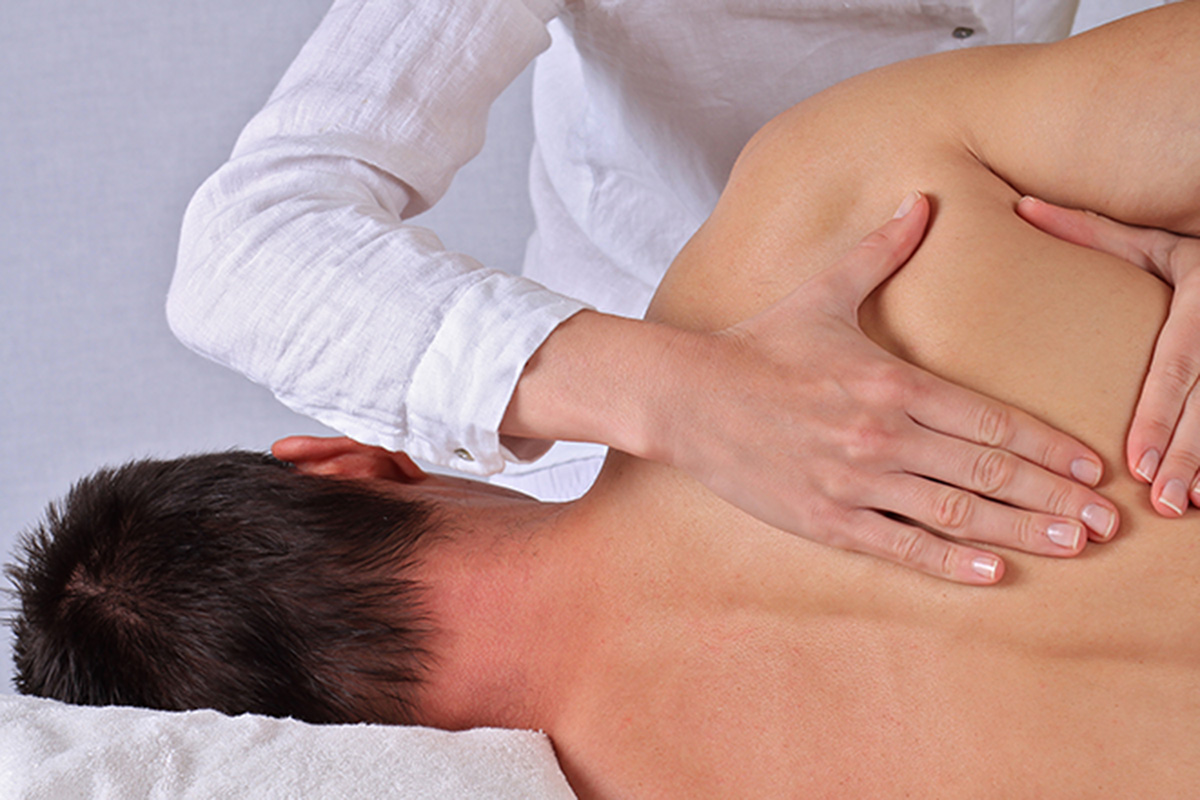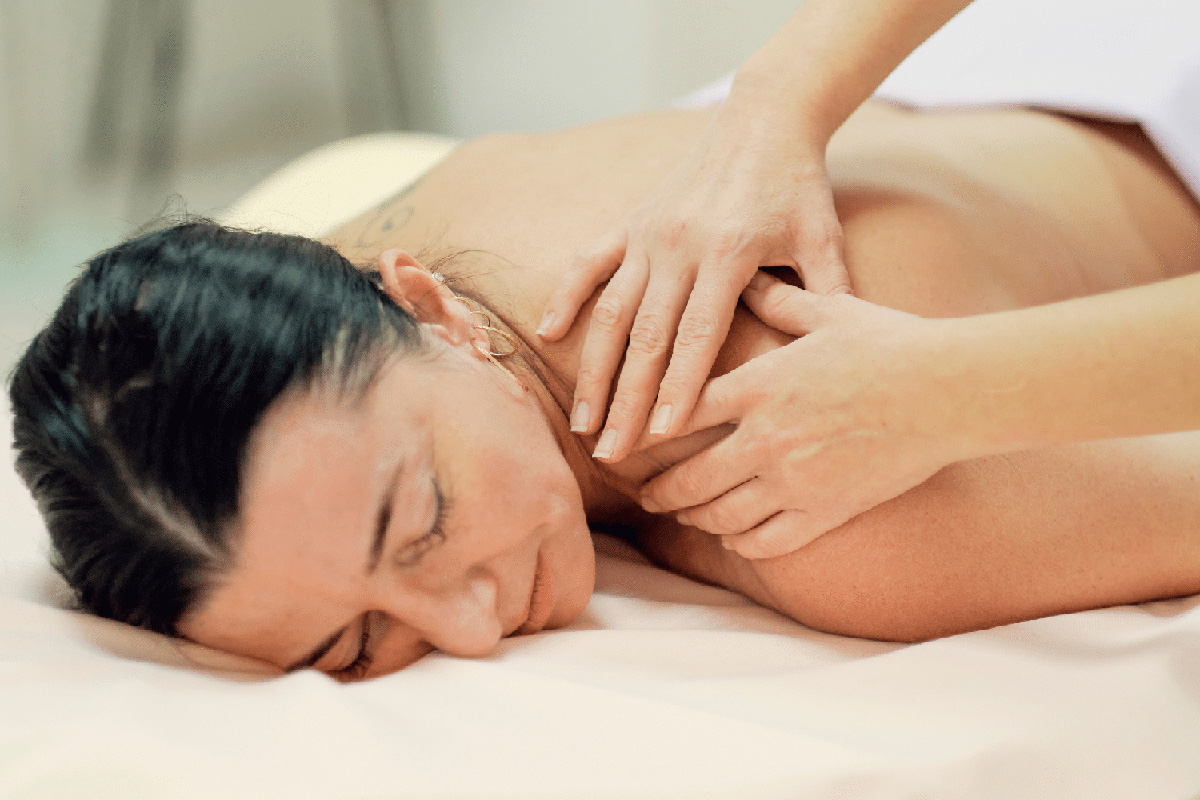Physical therapy massage is more than just a relaxing experience—it’s a targeted therapeutic technique designed to aid in recovery, improve physical function, and relieve pain. Whether recovering from an injury, managing chronic pain, or seeking to improve your overall well-being, physical therapy massage can offer various benefits.
In this blog, we’ll explore what is physical therapy massage, the benefits it provides, and the common techniques used. By the end, you’ll have a better understanding of how to find qualified practitioners and how this therapy could enhance your quality of life.
What is Physical Therapy Massage?
Physical therapy massage is a specialized form of massage therapy that focuses on healing and rehabilitation. Unlike traditional massage, which often centers on relaxation, physical therapy massage is designed to target specific muscles and tissues to relieve pain, restore mobility, and aid in the recovery process. Licensed physical therapists typically perform this type of massage as part of a comprehensive treatment plan tailored to the patient’s individual needs.
Benefits of Physical Therapy Massage
Physical therapy massage offers numerous benefits that go beyond the surface level of muscle relaxation. Let’s look into some of the key benefits you can experience:
Pain Relief and Relaxation
One of the primary goals of physical therapy massage is pain relief. Whether you’re dealing with chronic back pain, arthritis, or a sports injury, targeted massage techniques can alleviate discomfort by reducing muscle tension and stimulating the release of endorphins, the body’s natural painkillers. The relaxation achieved through this therapy also helps reduce stress, which can have a positive effect on overall well-being.
Can Improve Circulation
Physical therapy massage promotes better blood flow throughout the body, which helps supply muscles and tissues with the nutrients they need to heal. Improved circulation also aids in removing waste products like lactic acid, which can build up in muscles after intense activity. This makes it an essential technique for athletes and those recovering from injury.
Can Strengthen Immune System
Believe it or not, physical therapy massage can boost your immune system. By improving circulation and promoting lymphatic drainage, massage helps your body efficiently remove toxins and waste products, which can aid in preventing illness. A healthy lymphatic system is crucial for immune function, and regular physical therapy massage sessions can help keep this system in optimal condition.
Can Accelerate Healing Process

For individuals recovering from surgery, injury, or trauma, physical therapy massage can significantly speed up the healing process. It does this by increasing blood flow to the affected area, which accelerates tissue repair and regeneration. Physical therapists use specific techniques to reduce inflammation, improve mobility, and restore muscle function, helping patients get back on their feet faster.
Can Improve Flexibility and Range of Motion
Many individuals suffer from reduced mobility due to injury, surgery, or chronic conditions like arthritis. Physical therapy massage can help improve flexibility and range of motion by loosening tight muscles and breaking down scar tissue. This not only enhances physical function but also prevents future injuries by ensuring your muscles and joints are working optimally.
Can Boost Mood
Massage therapy has a positive effect on mental health as well. It stimulates the release of serotonin and dopamine, the hormones responsible for feelings of happiness and well-being. In fact, one session of massage therapy can reduce stress hormones like cortisol by up to 40%. For individuals dealing with stress, anxiety, or depression, physical therapy massage offers both physical relief and emotional support, creating a holistic approach to wellness.
Common Massage Techniques Used in Physical Therapy
Physical therapy massage is not a one-size-fits-all treatment. Various techniques are used depending on the condition being treated and the desired outcome. Here are some of the most common physical therapy massage techniques:
Soft Tissue Massage
Soft tissue massage is one of the most widely used techniques in physical therapy massage. It focuses on manipulating the muscles, ligaments, and tendons to relieve tension, increase flexibility, and promote healing. This technique is especially beneficial for treating conditions like muscle strain, tendonitis, and post-surgical recovery.
Myofascial Release
Myofascial release is a specialized technique that targets the fascia, the connective tissue that surrounds muscles. Applying sustained pressure to tight or knotted areas helps release tension and improve movement. It’s commonly used to treat conditions like chronic pain, fibromyalgia, and sports injuries.
Trigger Point Therapy
Trigger point therapy is a focused form of physical therapy massage that targets specific points of tension within the muscle, known as trigger points. These points can cause pain in other parts of the body, a phenomenon known as referred pain. The therapist can relieve pain and restore function to the affected area by applying direct pressure to these points.
Sports Massage
Sports massage is designed for athletes and active individuals. This technique focuses on preventing and treating injuries, improving performance, and aiding recovery. Whether you’re a weekend warrior or a professional athlete, sports massage can help reduce muscle soreness, improve flexibility, and enhance overall athletic performance.
If you’re interested in learning about the differences between sports massage vs deep tissue massage, consider exploring the resources provided by Progressive Mobility Physio.
Active Release Technique (ART)
Active Release Technique (ART) is a hands-on therapy that targets soft tissue injuries. By combining movement with direct pressure, ART helps break down scar tissue, restore mobility, and reduce pain. This technique is particularly effective for treating repetitive strain injuries, such as carpal tunnel syndrome and tennis elbow.
Conditions Treated with Physical Therapy Massage
Physical therapy massage can be used to treat a wide range of conditions, including:
Chronic Pain (Chronic Pain and Arthritis)
Physical therapy massage helps relieve chronic pain by reducing muscle tension, improving circulation, and promoting the release of endorphins. Evidence has shown its benefits for patients with chronic back pain, especially when combined with exercises and proper education. It can also target pain from conditions like arthritis by relieving joint stiffness and enhancing flexibility. Regular sessions help manage discomfort and improve overall mobility.
Sports Injuries (Like Sprains, Strains, and Tendonitis)
For sports-related injuries, physical therapy massage increases blood flow, reduces inflammation, and promotes healing of damaged tissues. Techniques like sports massage and trigger point therapy relieve muscle stiffness and prevent future injuries. It accelerates recovery from strains, sprains, and tendonitis.
Post-Surgical Rehabilitation
Massage therapy aids post-surgical recovery by improving circulation, reducing swelling, and breaking down scar tissue. It helps restore muscle strength and joint flexibility after surgery. This promotes faster healing and minimizes post-surgery complications like stiffness.
Fibromyalgia
Physical therapy massage offers relief for fibromyalgia by reducing muscle pain, stiffness, and fatigue. Techniques like myofascial release help alleviate chronic tension and improve blood flow. This leads to reduced pain levels and better physical and emotional well-being.
Tension Headaches
Tension headaches caused by muscle tightness in the neck and shoulders can be eased through targeted massage therapy. By relieving muscle tension, physical therapy massage reduces headache severity and frequency. Regular treatment can prevent future headaches and improve relaxation.
Sciatica
Sciatica pain, caused by compression of the sciatic nerve, can be relieved through physical therapy massage by loosening tight muscles. Techniques like myofascial release and trigger point therapy reduce nerve compression, relieve pain, and improve mobility. Regular sessions help reduce the recurrence of symptoms.
Frozen Shoulder

Massage therapy for frozen shoulder helps break down adhesions and improve shoulder joint flexibility. Techniques like soft tissue massage increase range of motion and reduce pain. This approach aids recovery by addressing stiffness and promoting better shoulder mobility.
Whiplash
Whiplash, often caused by sudden neck movements, benefits from physical therapy massage that reduces muscle stiffness and promotes healing. Targeted massage techniques ease pain and restore range of motion in the neck and shoulders. This helps accelerate recovery and improves mobility.
How to Find a Qualified Physical Therapist
It is important to find a qualified physical therapist who is licensed and experienced in the specific techniques that address your needs. When you search for physical therapy massage near me. Look for professionals with certifications, check online reviews, or ask for recommendations from healthcare providers. It’s also important to ensure that the therapist you choose is familiar with your condition and can tailor the treatment plan accordingly.
Conclusion
Physical therapy massage is a helpful tool for healing, pain relief, and overall well-being. Physical therapists can address various conditions and promote faster recovery by employing techniques such as soft tissue massage, myofascial release, and sports massage. Whether you’re dealing with chronic pain or looking to enhance your athletic performance, physical therapy massage can offer both immediate and long-term benefits.
FAQ’S
What does massage do in physical therapy?
Massage in physical therapy helps relieve pain, improve circulation, and promote healing. It targets specific muscles and tissues to enhance flexibility, reduce inflammation, and support overall physical function.
What is the difference between massage and therapy?
Massage focuses on relaxation and stress relief, while physical therapy is more targeted, aiming to address specific physical issues such as injuries, chronic pain, or mobility problems through therapeutic techniques.
Why do people do massage therapy?
People pursue massage therapy for various reasons, including pain relief, stress reduction, improved circulation, and enhanced mobility. It is also beneficial for accelerating the healing process after an injury or surgery.



